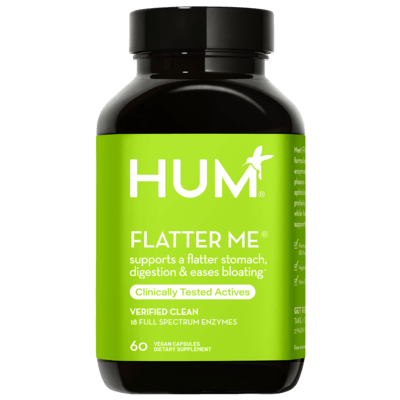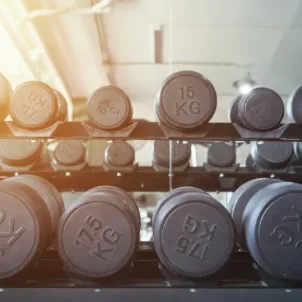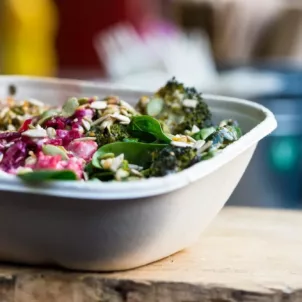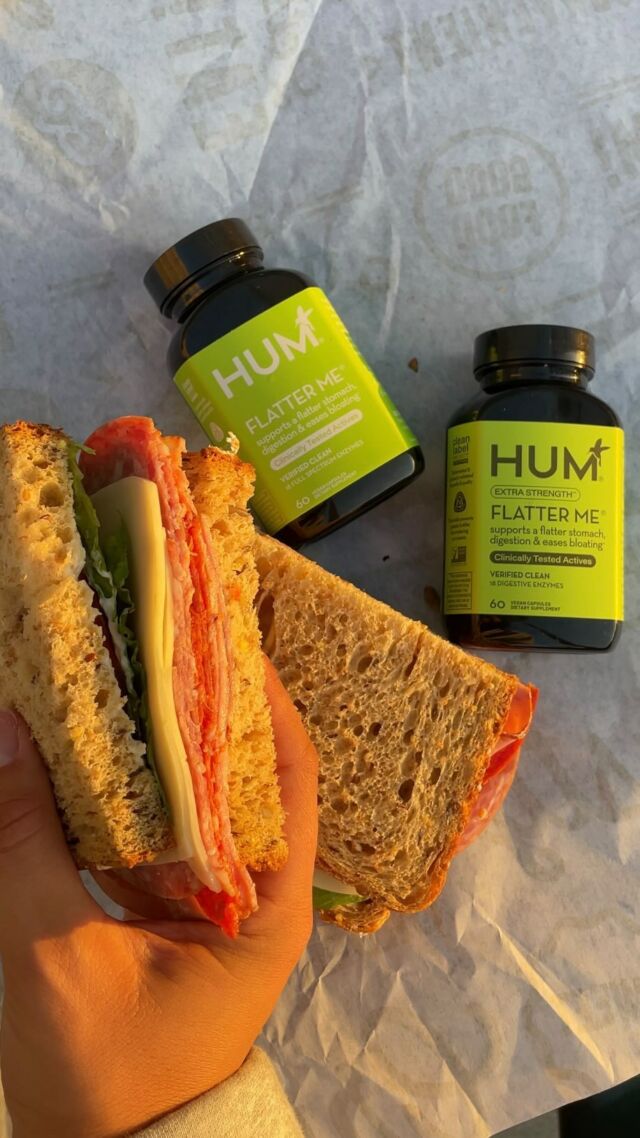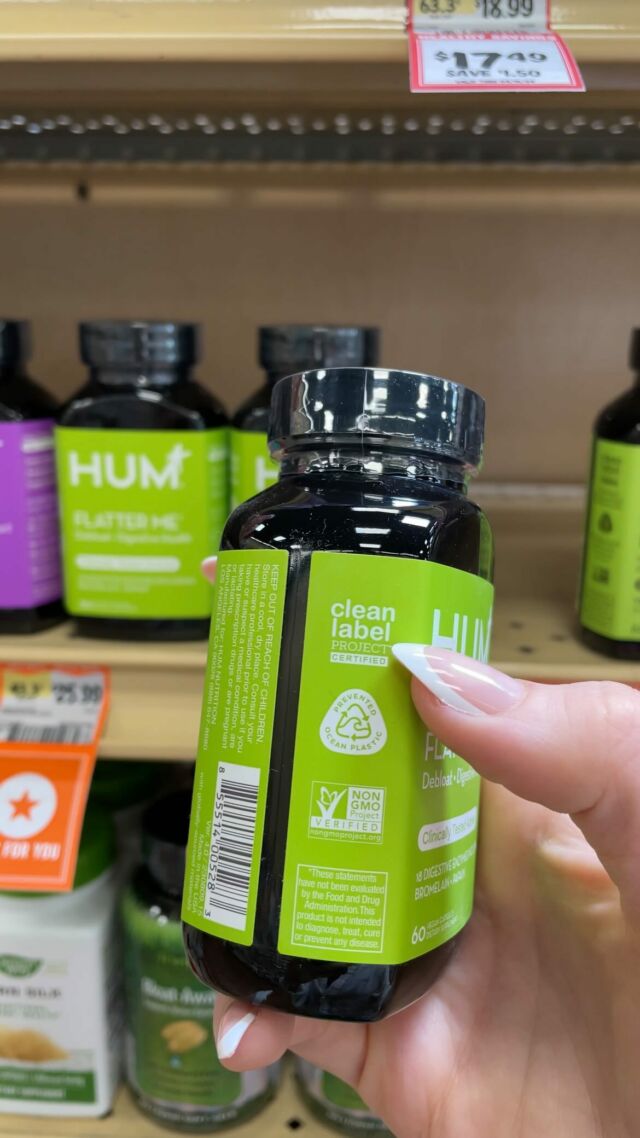THE WELLNEST • Food • Healthy Eating
What a Nutritionist Orders at McDonald’s
By Zena Wozniak, NC, RYT •
Updated April 8, 2022

Medically Reviewed By
Gaby Vaca-Flores, RDN, CLE
Registered Dietitian Nutritionist
Can you guess?
We put our Director of Education, Sarah Greenfield, to the test. Recently, we shared Sarah’s food diary in a typical workday. As a registered dietitian, she’s a professional at healthy eating and dynamite at meal prep. But is it possible to make healthy choices in even the most unlikely of settings? She finds out at a McDonald’s drive-through.
First, Sarah admits that McDonald’s isn’t exactly a place she frequents often. In fact, by her estimate, it’s been 10 years since she last hit up a Mickey D’s. Before braving the drive-through, she shares these caveats about your typical fast-food order.
Fast-Food Beauty Side Effects
“First, there are a lot of unhealthy oils that can clog pores,” Sarah tell us. “Then, there’s corn-derived sugar, which can disrupt hormone balance. When your hormones become unbalanced, they can shift your body’s ability to burn and store fat.” Sarah also points out that the lack of fiber and prebiotics can change your gut microbiome, which can ultimately impact your skin. “If you’re unable to eliminate toxins, then they’re going to recirculate through the skin.” So what strategy does she use to order? “I’m looking for protein, fiber, and high-quality fat.”Sarah’s Order at McDonald’s
After having some trouble locating the salads on the menu—at this location they happened to be hiding behind a traffic pole—Sarah settles on the Southwest Chicken Salad. She requests grilled (rather than crispy) chicken, and asks them to hold the cheese. Sarah later realizes that the chicken comes glazed, which she also recommends omitting for a cleaner order. The vegetables cover her fiber requirement and the chicken covers protein; but what about healthy fats? “The dressing is always tricky and can really make or break the health of your salad,” she says. On their part, McDonald’s offers creamy Southwest dressing, ranch, or low-fat options. “Processed dressings can be loaded with sugar and fats, which aren’t the kind of high-quality fat that I was looking for,” she warns. “I usually avoid low-fat versions of anything because it often means they removed the fat and added in sugar.” For now, she opts to take her salad sans dressing. Finally, Sarah gets an unsweetened iced tea and apple slices on the side. After blind ordering off the menu, we survey the nutritional stats online. “I typically try not to look at calories. There’s way more insight when you look at fiber, sugar, fat, and protein.” We find that her meal has 33 grams of protein, nine grams of sugar, and 1.5 grams of saturated fat. (Removing the glaze would reduce the salad to only five grams of sugar and one gram of saturated fat.) Not bad, all things considered. “I aim to get 25-30 grams of protein per meal and then less than 25 grams of sugar and 10 grams of saturated fat throughout the day,” Sarah shares.The Bottom Line
Not even the most nutritionally pious will deny the convenience of a fast-food drive-through. “At the end of the day, it’s fast, easy, and cheap. People are always going to visit them,” Sarah says. Even if it’s not her favorite dine-out option, she can understand the accessibility factor. “The health and wellness space tends to be elitist,” Sarah adds, “but I believe that if you’re used to eating at McDonald’s anyway, then you can start changing your health by simply making a healthier choice there.”More like this
